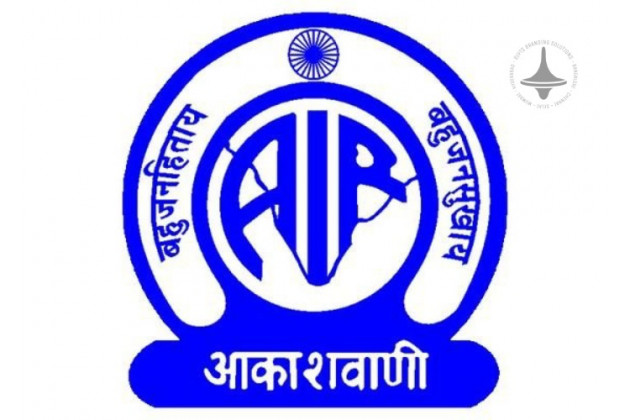TV | OTT Platforms | Merging Ad Strategies | Digital Marketing

In recent years, the entertainment industry has witnessed a significant transformation. Traditional television and over-the-top (OTT) platforms, once considered rivals, are now increasingly merging their advertising strategies. As audiences migrate from cable TV to streaming services, advertisers are evolving to keep pace, blending the best of both worlds. In this article, we’ll explore how TV and OTT platforms are integrating their ad strategies to reach wider audiences and enhance viewer engagement.
The Convergence of TV and OTT Advertising
Historically, TV advertising was characterized by linear ad
placements, while OTT platforms relied on personalized, data-driven ad
delivery. Today, the lines between these approaches are blurring. Traditional
broadcasters are embracing programmatic ad buying, while OTT services are
incorporating more traditional ad formats, such as commercial breaks.
One significant trend is the adoption of addressable TV
advertising, allowing brands to target specific households through cable or
satellite networks. Simultaneously, OTT platforms are leveraging data analytics
to offer precise targeting, much like digital ads, creating a more unified ad
ecosystem.
Key Drivers of the Merger
- Audience
Fragmentation: As viewers split their time between TV and OTT, brands
need a cross-platform strategy.
- Data-Driven
Insights: OTT’s data-centric approach is influencing traditional TV
advertising methods.
- Advanced
Measurement Tools: Cross-platform measurement is becoming crucial to
assess campaign effectiveness.
- Cost
Efficiency: Advertisers seek unified campaigns to optimize budgets and
reduce duplication.
Innovative Ad Formats Emerging from the Convergence
- Dynamic
Ad Insertion (DAI): Combines TV’s reach with OTT’s targeting.
- Interactive
Video Ads: Allow viewers to engage with content directly.
- Shoppable
TV: Merges e-commerce with entertainment for seamless purchases.
Challenges and Future Outlook
Despite promising developments, challenges remain, such as
privacy concerns and inconsistent measurement standards. However, as more
consumers embrace hybrid viewing habits, the convergence of TV and OTT
advertising is expected to become more streamlined and sophisticated.
Conclusion
The merger of TV and OTT advertising strategies represents a
dynamic shift in the marketing landscape. As both industries continue to
innovate and collaborate, advertisers have unprecedented opportunities to
engage diverse audiences. To stay ahead, brands must adopt flexible,
data-driven approaches that bridge traditional and digital media. By doing so,
they can craft more impactful and personalized campaigns in the evolving
entertainment ecosystem.
Elyts Advertising and Branding Solutions | www.elyts.in (India) | www.elyts.agency (UAE)






















Leave a Comment